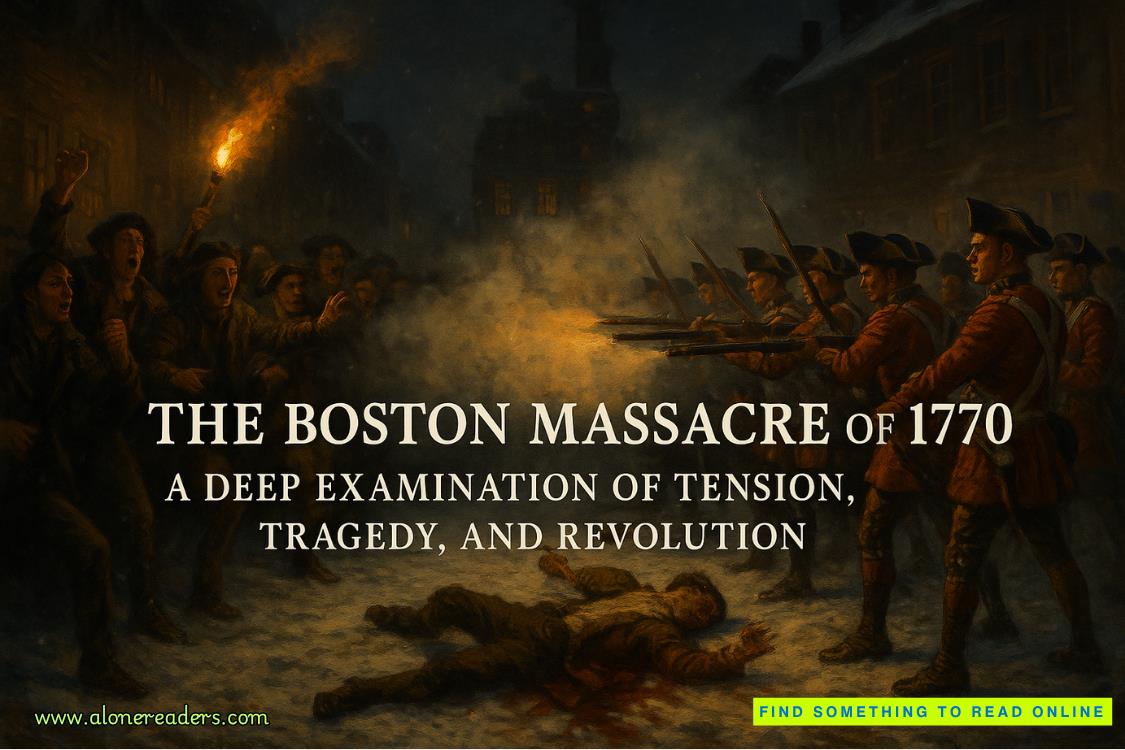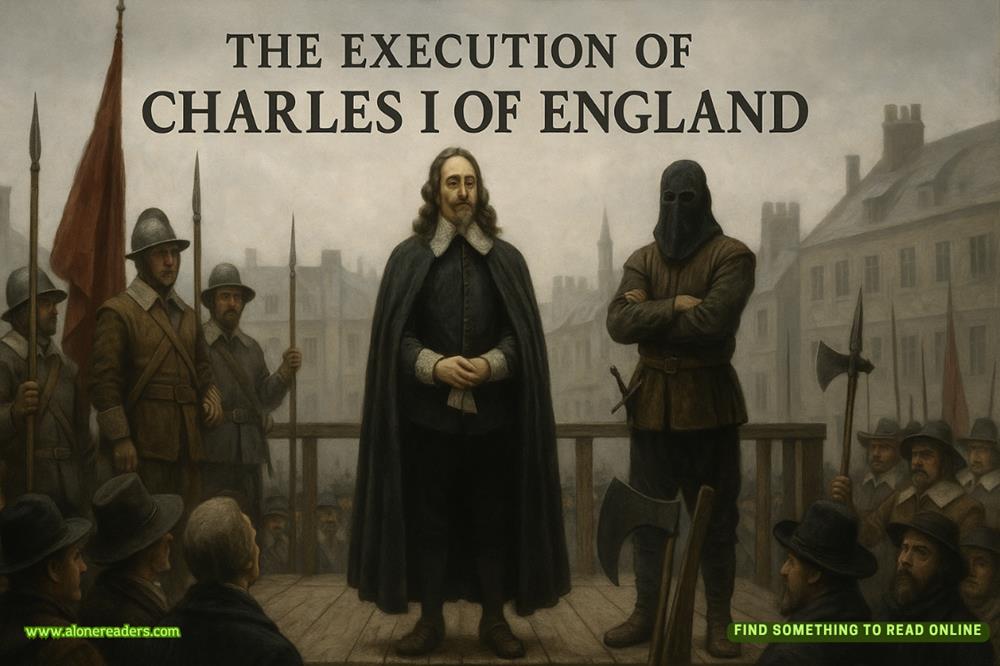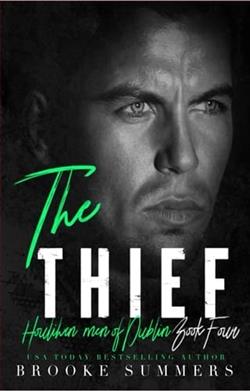Page 79 of Dead Air
"Dead." Lawson gestured toward the main entrance where metal doors hung partially open, hinges long since rusted into permanent positions. "But Blackwell's message suggested something here connects to Monica's investigation. Something that began here and continued elsewhere."
"What exactly are we looking for?" Parks turned his attention to the building's interior, visible in fragments through broken windows.
"Evidence someone hid after Monica died. Something that proves the connection to Thomas Hutchinson." Lawson moved toward the entrance, gun remaining holstered but hand resting near it from professional habit. "Something worth killing for five years ago and still worth killing for today."
They entered through the main doors, metal groaning in protest as Lawson pushed them wider to allow passage. Parks' flashlight carved paths through darkness filled with debris and decay, illuminating fallen ceiling tiles and pigeon droppings that crunched beneath their careful steps. Industrial equipment sat in forgotten clusters, covered in rust and bird waste. Metal stairs led to catwalks overlooking the main floor where shadows pooled like black water.
The smell hit immediately—mildew and rodent droppings mixed with the distinctive chemical tang of long-abandonedindustrial processes. Lawson breathed shallowly, memories flooding back of that night five years ago when this same smell had filled her nostrils as she knelt beside Monica's bleeding body.
"Monica kept a journal." Lawson's voice echoed in the cavernous space, bouncing back altered by the building's hollow interior. "Final entry mentioned meeting Ray Hutchinson here. But she also wrote about proof being in 'our place.' I've been trying to figure out what that meant."
Parks stepped carefully around a fallen beam. "Your place meaning what exactly?"
"Private location. Somewhere meaningful to our relationship." Lawson swept her own flashlight across the concrete floor, searching for anything that might qualify as a hiding spot. Water pooled in uneven depressions, reflecting their lights in distorted patterns. "Could be here in some hidden corner. Could be somewhere else entirely. The clue is frustratingly vague."
"If Blackwell found something connecting this place to evidence, it has to be significant." Parks' voice carried the measured tone of someone working through a puzzle methodically. "Something not obvious in the original investigation."
They moved deeper into the building, stepping carefully around broken machinery and scattered debris. The warehouse floor stretched for nearly an acre, shadows concealing distant corners despite their powerful flashlights. Parks examined structural elements while Lawson focused on areas that might conceal evidence. Wall panels. Maintenance access points. Any place where something could be hidden away from casual discovery.
"Monica was methodical." Lawson checked behind a rusted control panel, finding nothing but mouse droppings and dust."If she hid something here, she would have ensured it remained secure regardless of who might search later."
"Including those who killed her?" Parks asked the obvious question.
"Especially them." Lawson moved to another section, checking electrical panels and ventilation ducts. "The question is whether she hid it on a previous visit here.”
They continued their search in widening circles, documenting possible hiding spots while finding nothing of obvious evidentiary value. The warehouse held decades of industrial history layered beneath recent abandonment—broken tools, scattered paperwork, occasional signs of transient occupation. Nothing connecting directly to Monica or Ray Hutchinson.
"Here." Parks' voice carried from the building's far corner, excitement breaking through his professional reserve. "Fresh crime scene tape on a door. That seems odd. The crime happened five years ago, but this looks almost brand new."
Lawson crossed the uneven floor quickly, joining him beside a steel door marked BASEMENT ACCESS. Yellow tape sealed the frame with official departmental markings, but the adhesive showed recent application. Bright plastic contrasted sharply with the warehouse's general decay, edges still crisp rather than frayed by time and elements.
"Someone secured this recently." She examined the tape more closely, running her fingers along the adhesive edge. "Within the last few weeks. The factory closed fifteen years ago. The murder happened five years ago. There's no legitimate reason for fresh crime scene tape."
"Could be department evidence preservation." Parks tested the door handle beneath the tape, finding it secured but not locked. "Or someone protecting what's down there."
Lawson studied the tape placement—professional application following department protocols. "Whoever placed this had training. Knew proper procedures." She produced a folding knife from her pocket, blade glinting in the flashlight beam. "Only one way to find out what they're protecting."
Parks hesitated, professional ethics visibly battling investigative curiosity. "Breaking crime scene tape violates multiple regulations. If this is legitimate department security..."
"Then I'll add it to my growing list of procedural violations." Lawson sliced through the tape with quick, decisive strokes. "So does murder. So does evidence tampering. So does kidnapping a journalist." She met his gaze directly. "I'm already facing an arrest warrant. What's one more violation if it gets us closer to the truth?"
The steel door opened with metallic protest, hinges grinding after years of disuse. Beyond lay concrete steps descending into absolute darkness deeper than their flashlight beams could penetrate. Stale air drifted upward from the opening, carrying scents of mold and something chemical that made her nose burn slightly.
"Careful." Parks tested the first step with his weight. "Structure could be compromised after all these years."
Lawson began the descent, concrete solid beneath her boots despite superficial crumbling at the edges. "This building was constructed in the 1940s. They built foundations to last back then."
Parks followed her down the narrow staircase, both flashlights creating overlapping pools of illumination that revealed the surprisingly well-preserved space below. The basement stretched farther than expected, concrete walls lined with metal shelving units that held plastic containers and cardboard boxes. The organization suggested purpose ratherthan abandonment—systematic storage rather than forgotten materials.
"This isn't abandoned storage." Parks read labels attached to the nearest containers, surprise evident in his voice. "These are evidence boxes. Case numbers. Property descriptions. All organized like department archives."
Lawson examined box after box, confirming his assessment. Each contained evidence from cases supposedly closed or destroyed according to official records. Drug seizures that should have been incinerated. Weapons that should have been melted down. Cash and valuables that should have been returned to owners or processed through department procedures. Documents that should have been shredded after retention periods expired.
"Someone's been stockpiling evidence instead of destroying it." She opened a container labeled with Ray Hutchinson's badge number, contents neatly arranged inside with professional organization. "Look at this."
Inside lay packets of cocaine marked with DEA seizure tags. Accompanying paperwork showed the drugs should have been destroyed eighteen months ago following case closure. Instead, they sat preserved in climate-controlled storage beneath an abandoned warehouse, inventory sheets updated with recent dates.
"This is extensive." Parks moved to another shelving unit, opening containers with increasing urgency. "Financial records here. Bank statements. Wire transfer documentation. All from cases Thomas Hutchinson defended successfully through evidence suppression motions."















